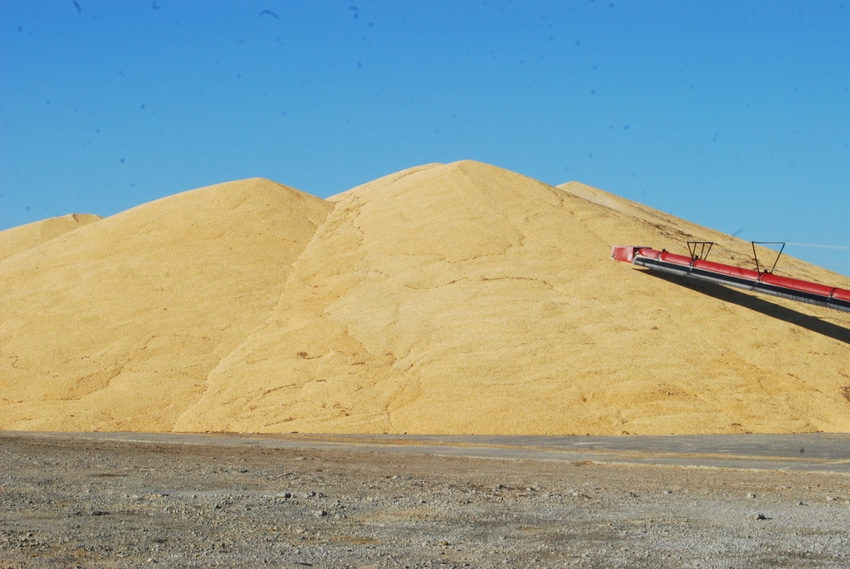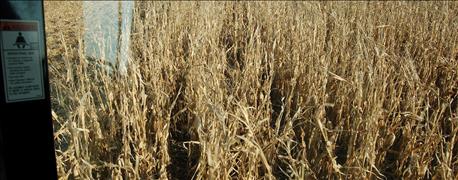
Harvest corn at 25% moisture on Sept. 15. Stop half way across the field and return on Oct. 10. It's the same hybrid, or maybe there were two hybrids planted in strips, and they're both still in the same pattern. The yield was 195 before, and now it's 190. Or maybe it was 160 before and now it's 140. The moisture is now 15%. But those yields are all corrected to 15% moisture. Where did the extra bushels go?
Corn Illustrated 11/3: Nitrogen math: Two plus two equals five
If you say it just dried out, reread the paragraph. These are real yields after moisture has been accounted for. Yields aren't lower just because moisture levels were lower. They were really less.
|
Real or not? Does corn lose yield, not just moisture, standing in the field to dry down? Some farmers insist that it does. |
The invisible yield loss phenomenon has been batted around for decades. As you might imagine, it's difficult to prove scientifically because ground varies, and the corn harvested Sept 15 was on different soil than the corn harvested Oct 10. But every once in a while, it keeps coming up.
Two farmers talked about it this fall, because both had fields they harvested a portion of, and then left for various reasons, and came back later. In both cases yields dropped.
One farm saw yields drop 5 to 10 bushels per acre, but he had two hybrids in the field, the soils were variable across the field, and he found it hard to put a definite handle on it. He attributes it mostly to dropped ears and downed stalks with ears that never made it into the header for the corn that waited longer for harvest. However, he doesn't discount some sort of invisible loss besides that, at least not completely.
The other farmer, Mike Starkey, Brownsburg, doesn't hesitate. He's flat out convinced it's real. "We saw a 20-bushel per acre difference this year from when we harvested part of the field early, and then returned and finished it near the end of the season. There's no doubt in my mind that it is real."
Corn Illustrated 10/27: Topsy-turvy year for corn yields where too much rain stressed crops
What causes it is speculation. Some have thought it may be linked to respiration that occurs in kernels not related directly to drydown. The respiration process continues because kernels are alive, and the process uses up starch, which is part of the weight that makes bushels. At least that is one theory.
There is no definitive answer, at least not that we know of. There are just farmers who believe it!
About the Author(s)
You May Also Like





